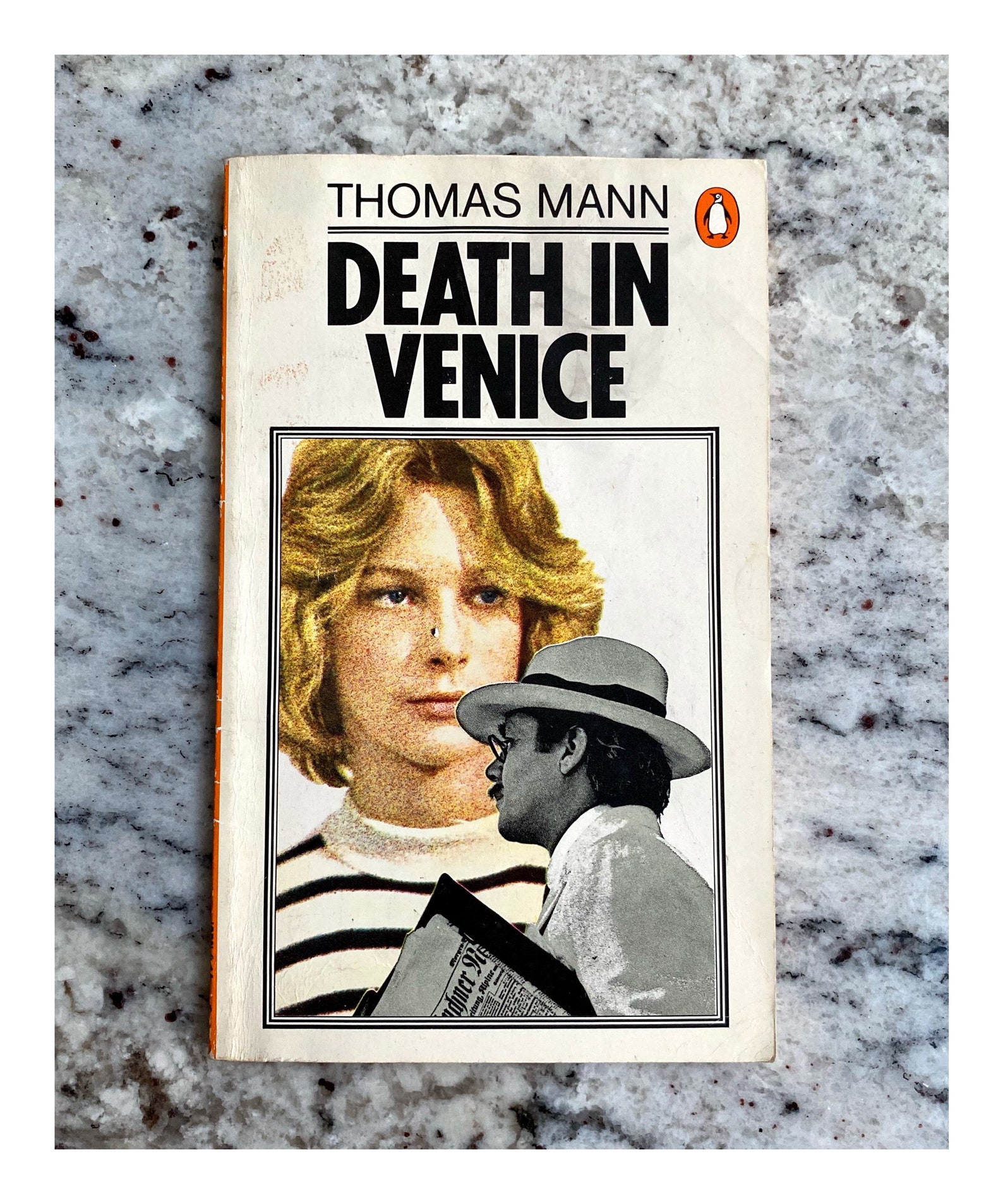

5 In the Death of Venice, this strain of attempting to sanitize and quarantine the place is noted when Aschenbach also encounters health inspectors at the ship, inspecting passengers once the ship docks at Venice, something that partakes into the historical realism of the fiction. Brioni also became a sort of a “cult place” to showcase how contagious diseases need to be effectively curbed in the western world, something that would have not gone unnoticed by Mann. Koch had sanitized the island first against, malaria and then cholera, something that Rütten argues Mann would have known during the time of his travels. Robert Koch, a famous pathogen expert, who was extensively known in the West and the East for his work on sanitanization and contagious diseases.

The island of Brioni was supervised by Dr. Mann and his wife stayed at the island of Brioni on 9 th May 1911, a place that also forms the transition island for the protagonist Gustav Von Aschenbach before he arrives in Venice. He also emphasizes that only a very few critics have actually acknowledged how one of the last European cholera epidemics that actually happened in 1911 forms a significant part of Mann’s iconic text.ģAs Rütten explains, Mann and his wife, Katia, left for Venice on 7 th May 1911 he then charts the textual chronology and compares to a more specific historical chronology that coincides with Mann and his wife’s journey into Venice. 4 Thus, Rütten is interested in how a more “factual” set of events actually translate and get “represented” in reality in Death in Venice. For Rütten: “The age of narratology has not least produced a growing awareness of the fact that tellers of stories can be, and indeed often are, tellers of history as well, interweaving fiction and fact, and illuminating both in the process”. 3 Rütten goes on to chart what he calls “verifiable events” in the cholera outbreak of May 1911 which Mann himself experienced. In an expansive work on the historical context of the cholera epidemic and state sanitation practices in Italy in 1911, Thomas Rütten explains that: Mann’s novella “has a solid grounding in historical and autobiographical fact, thus blurring the boundaries between fact and fiction”. 257.ĢFor the structure of the paper, I would first provide a historical backdrop of the cholera epidemic that Mann encountered, and then the history of contagionism and how it impacts specific social and political imaginations within a colonial encounter.

Venice, in Mann’s text becomes a liminal space that opens up to a “contact” with the East – within this space two binaries are set up – the sanitized trope of the West against the source of unclean bodies in the East. Yet, the illness of cholera works in a larger metaphor (using Susan Sontag’s phrase) 1 to enable a colonial discourse that serves as a cautionary reminder of barring contact zones, “the horrors of diversity” as Mann’s text states when first describing the emergence of Asiatic cholera in the text. The historical context of the 1911 cholera epidemic in Italy is indeed significant in the contextualization and the production of the text. Thomas Mann wasn’t factually and historically incorrect when recording the presence of an “Asiatic cholera” originating from India in 1912 in his novella. This article focuses on the notion of tropicality, and the diseased body and what it means in terms of imagining the colonized spaces as represented in the novella, through the discourse of nineteenth century imperial medicine.
#DEATH IN VENICE AUTHOR SERIES#

1 Susan Sontag, Illness as Metaphor, New York, Farrar, Straus, Giroux, 1988.


 0 kommentar(er)
0 kommentar(er)
